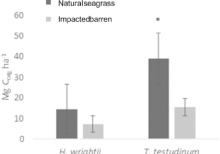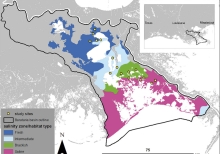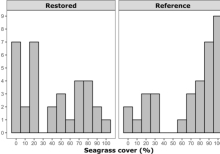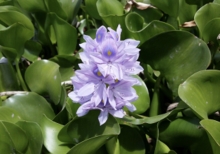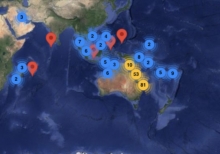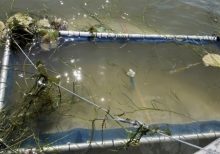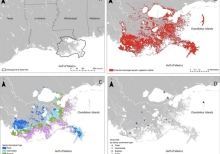Seagrass Blue Carbon Dynamics In The Gulf Of Mexico: Stocks, Losses From Anthropogenic Disturbance, And Gains Through Seagrass Restoration
Seagrasses comprise a substantive North American and Caribbean Sea blue carbon sink. Yet fine-scale estimates of seagrass carbon stocks, fluxes from anthropogenic disturbances, and potential gains in sedimentary carbon from seagrass restoration are lacking for most of the Western Hemisphere.
